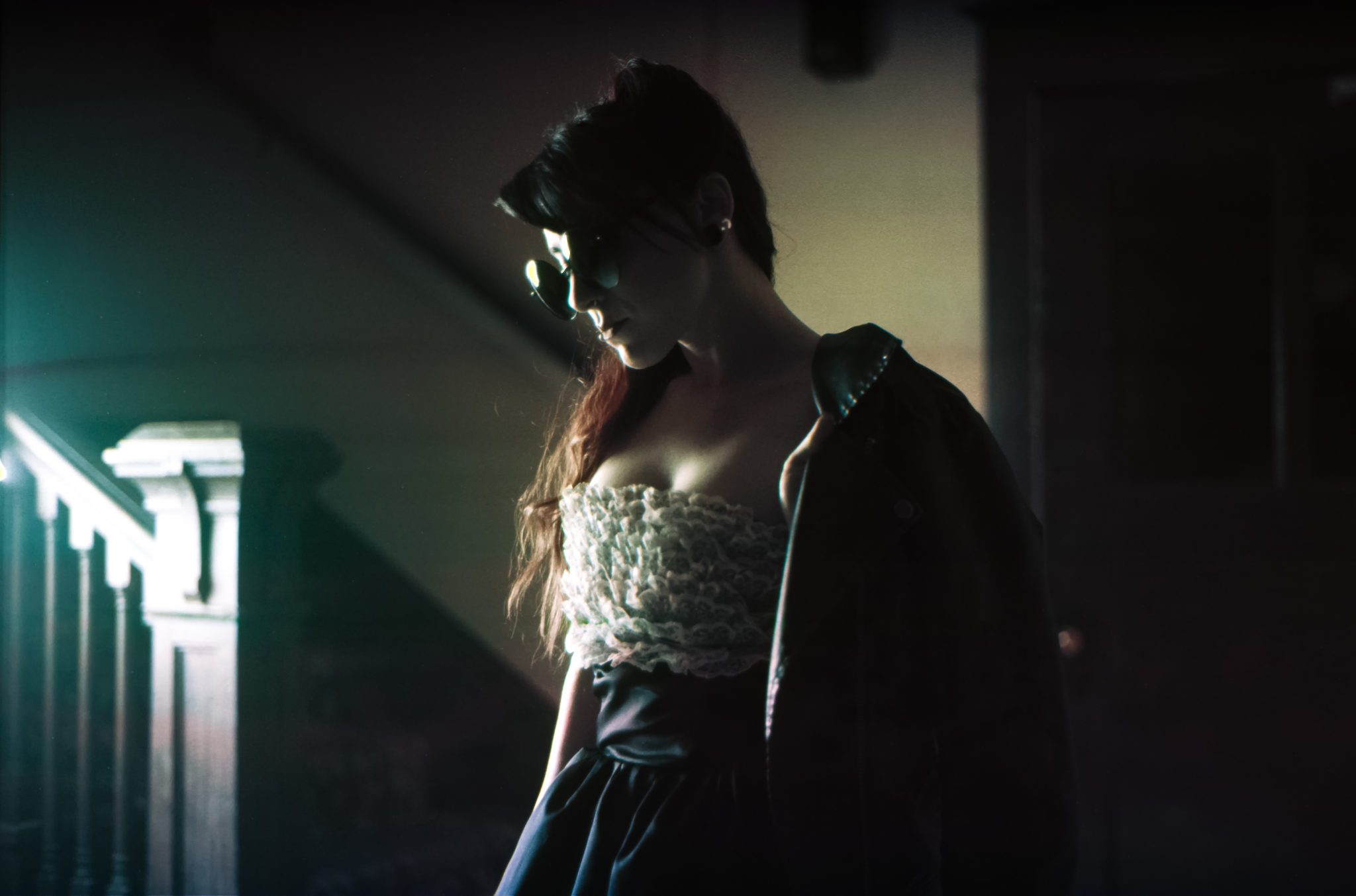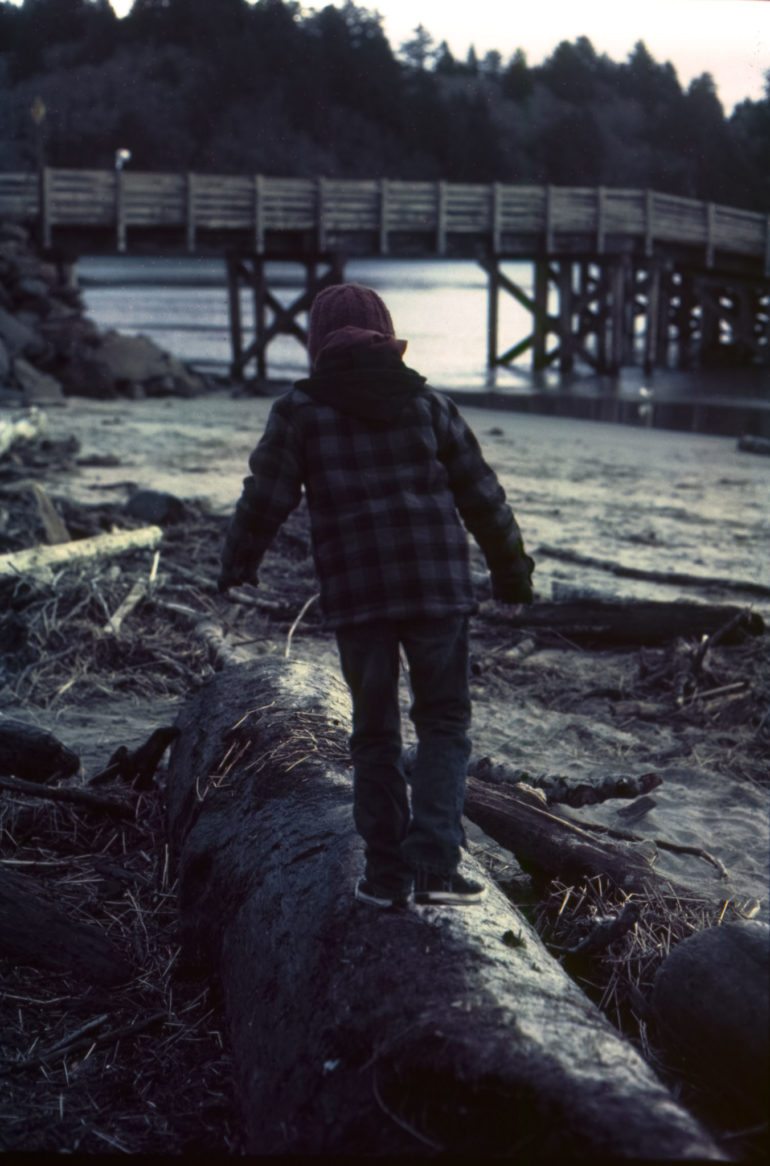All images by Kelly-Shane Fuller. Used with permission.
“Absolutely everywhere I turned people told me home processing was impossible,” says photographer Kelly-Shane Fuller about processing Kodachrome in color at home. “That’s just not something people should say to me, as at that point it became a personal vendetta to prove the world wrong.”
Recently Pop Photo did a short blurb on how Kelly is developing Kodachrome at home into color slides. He’s probably one of the few so determined to find a way to keep the process alive despite environmental regulations and Kodak pulling the plug on the famous film. For those not in the know Kodachrome is a black and white film that really comes to life during the processing stage to become the beautiful color film that was so highly prized by many photographers.
We talked to Kelly recently about the process and what he’s doing to revive the old process.
Phoblographer: Talk to us about how you got into photography.
Kelly: I started photography when I was very young, my grandmother bought me a camera and would pay for film and development so that she could make duplicates and see my family’s life through my eyes. This continued until my early teens when I stopped shooting to pursue teenage things.
I didn’t pick a camera up again until my wife got pregnant with our son, I knew I wanted to document that stage of our lives, and quickly remembered how much I loved it.
Phoblographer: What made you get into analog?
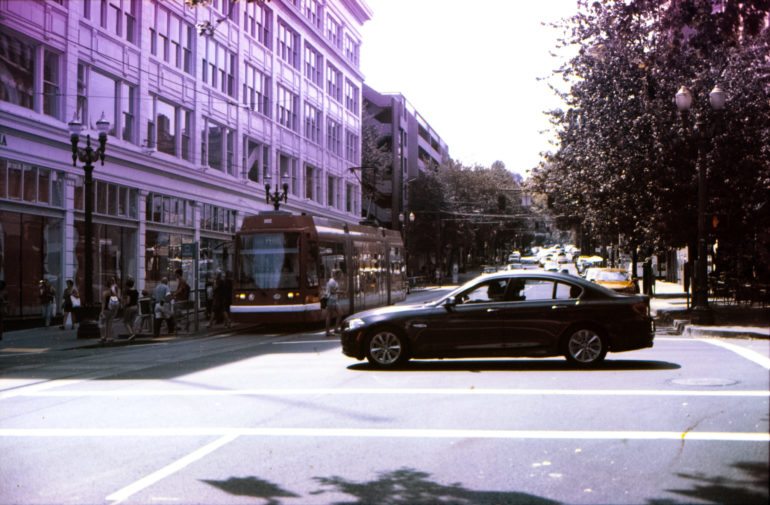
Film type: 135.
Film manufacturer: Kodak.
Film name: Kodachrome.
Alias: .
Phoblographer: Tell us about your relationship with Kodachrome. Are you that enamoured with it vs more contemporary films? What made you want to get into trying to develop it?
Kelly: Kodachrome is actually kind of a funny beast for me. I mostly ignored it when I COULD have shot it, and probably would have for a long time more if not for a photographer I knew closing his studio and giving me about 100 rolls of Kodachrome 64. I quickly realized that I had missed the window to shoot it in color, but I’m a MAJOR DIYer and figured that wouldn’t stop me.
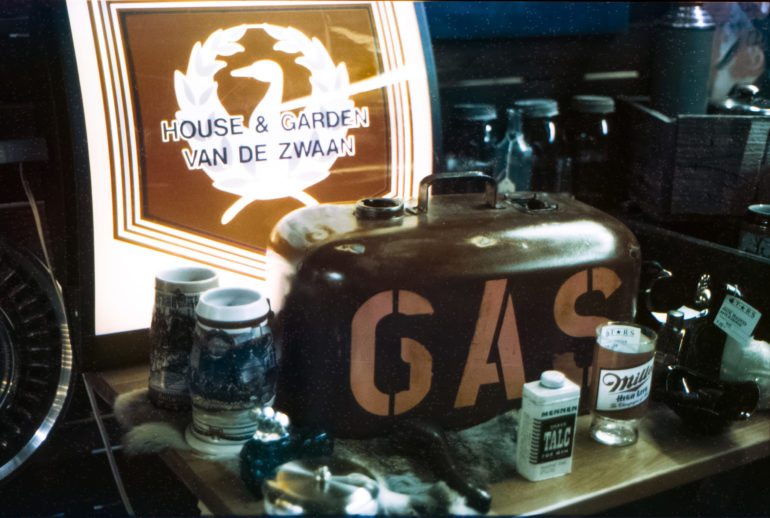
Film type: 135.
Lens serial number: .
Film manufacturer: Kodak.
Film name: Kodachrome.
Alias: .
I poured over every document that Kodak ever released on Kodachrome, before moving on to early color film process. I learned how color couplers in film worked, and how they were used in Kodachrome specifically. I replicated George Eastman’s original “Kodakchrome” process (Actually a bicolor film) and then moved on to conquering the real thing.
Phoblographer: How well do you feel you’ve got the process down?
Kelly: I would say I’ve got it about 80% of the way. I’ll flat out tell you my results aren’t PERFECT. Currently they’re not QUITE as saturated as Kodachrome typically is. But I’m tweaking my process constantly, and I get a little closer every time. Recently I’ve gotten some advice from an amazing former Kodak engineer who worked on the original Kodachrome for some tips to get closer to correct results. All that to say that I feel I’m in the realm of “Good enough” though it’s not 100%.
Phoblographer: What do you think some of the challenges ahead will be for you?
Kelly: There’s quite a few challenges for certain. The biggest is people’s expectations. I’ve recently started processing for others on a limited basis because of the massive demand there. This has caused a HUGE frenzy in the photography world. I’ve had to turn my phone off the last few days to be able to get anything done. I’m also having challenges finding correct chemistry. The color couplers I’m using aren’t right. They work. But they’re not the ones that Kodak used. I’m having trouble finding anyone that will sell me the correct ones, as they’re complex and I don’t have a certified lab.
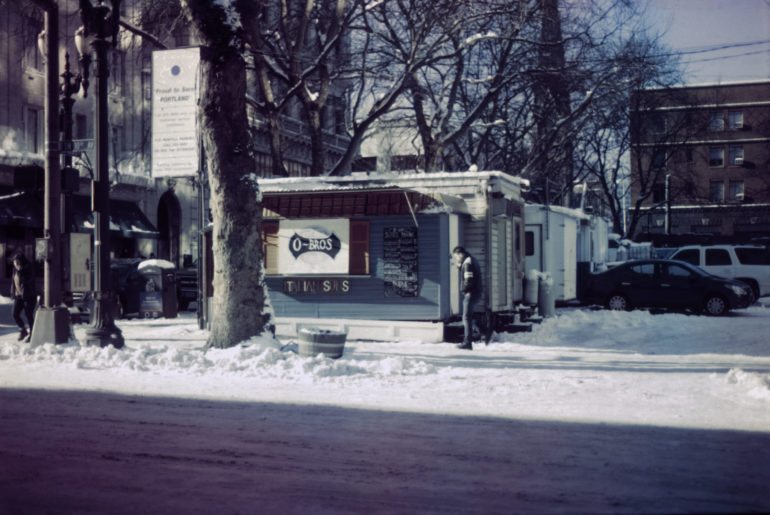
Film type: .
Lens serial number: .
Film manufacturer: Kodak.
Film name: Kodachrome.
Alias: .
Developer: K-14.
Developer maker: Kelly-Shane.
Process: Modified K-14.
Developer dilution: .
Developing time: .
Processing laboratory: .
Laboratory address: .
When he’s not shooting in studio he’s obsessively restoring vintage film cameras, supposedly for resale but somehow the collection continues to grow… 200 cameras isn’t a problem right??
Editor’s note: If you haven’t noticed, we’re probably the most analog focused amongst the large photography blogs out there. So if anyone can honestly help Kelly, please do.


